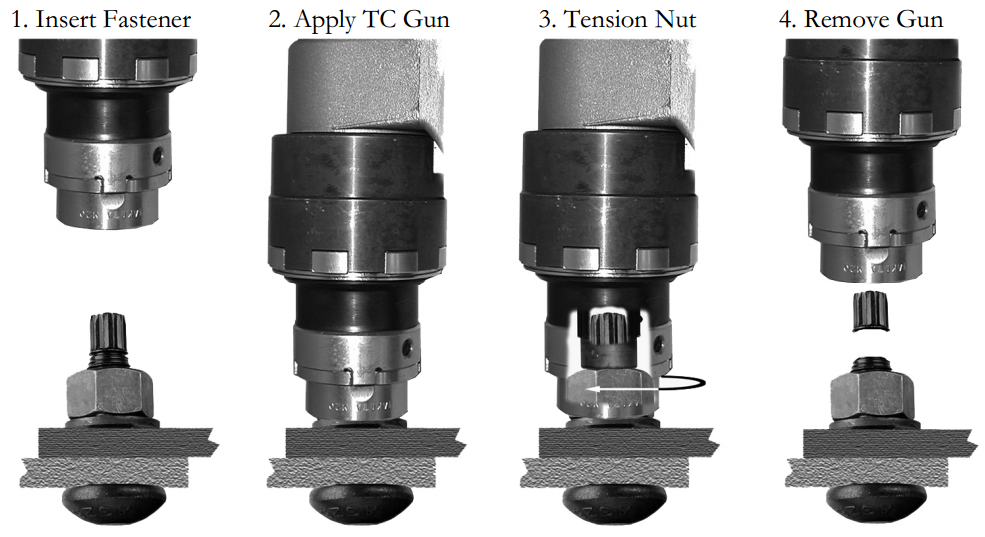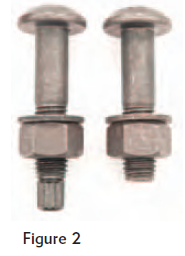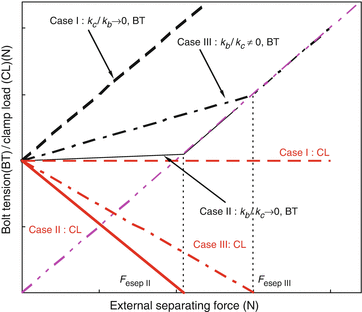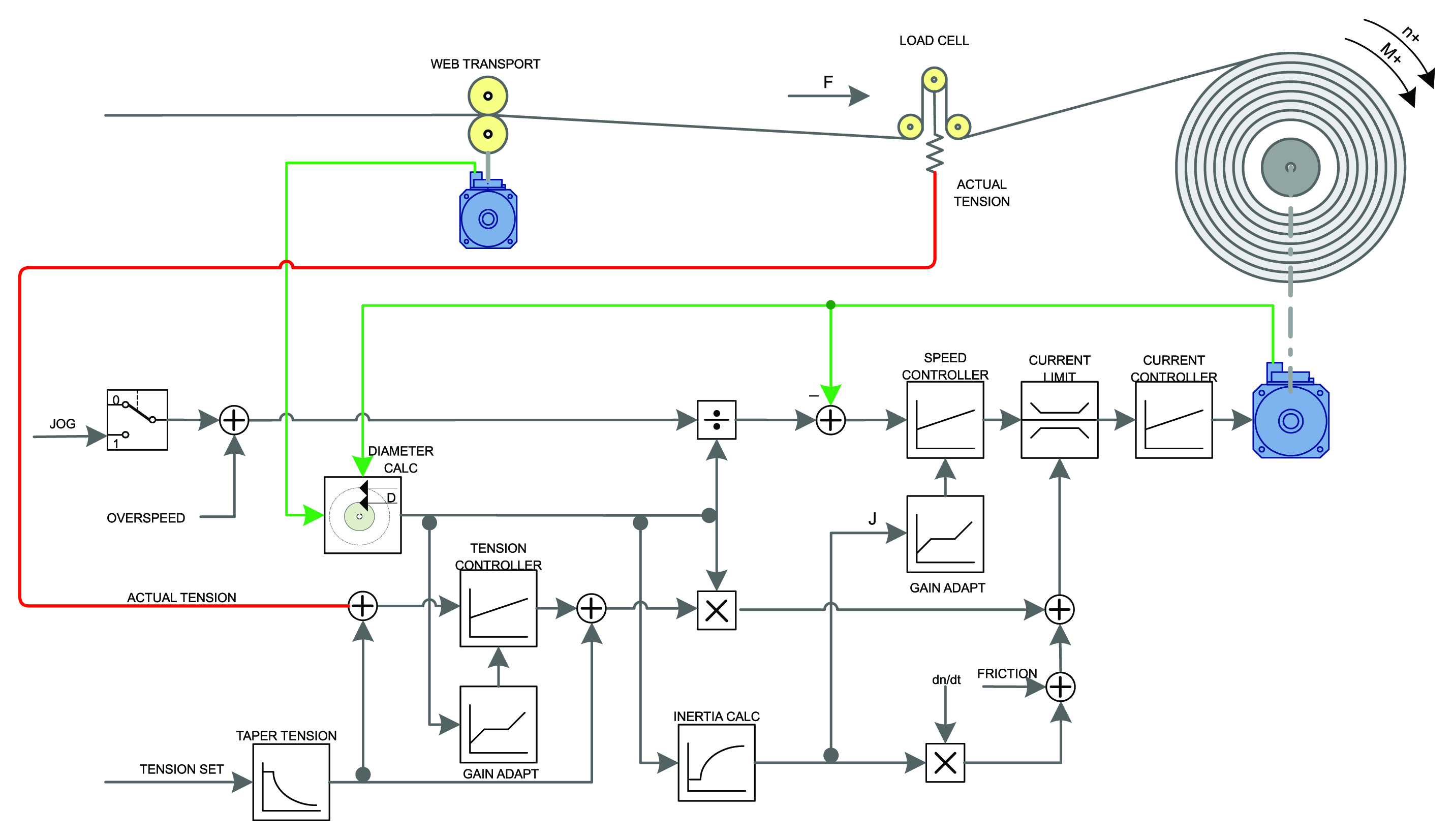Shear and tension loads can be transferred between two structural elements by either a bearing type connection or a slip critical connection.
Tension control bolts vs slip critical.
This method consists in first snug tightening the bolts.
Slip critical joint from structural engineering is a type of bolted structural steel connection which relies on friction between the two connected elements rather than bolt shear or bolt bearing to join two structural elements.
The slip coefficient of a bolted connection is only a consideration for slip critical connections.
When the joint could be snug tightened and not slip critical.
The turn of nut method is widely used to obtain the minimum preload tension force specified for bolts in slip critical connections.
This first step is achieved with a few impacts of a pneumatic impact wrench or the full effort of a person using a spud wrench to bring the connected.
Tension control bolts and direct tension indicators are discussed in section 8 2.
Tension control bolt tcb installation training video.
Preloaded bolts are seldom used in buildings where fatigue and slip in service are less critical.
Downloads to incorporate our range of fasteners and shear wrenches into designs cad drawings technical and dimensional details along with quality certificates and installation documents are available to download.
Dti are equivalent to load indicating washers and system hrc is effectively the same as tension control bolts tcbs.
However they may be used where oversized or slotted holes are used to increase tolerances during assembly.
Tension control bolts ltd offer a full range of shear wrench sales hire and repair services.
Where are pretensioned or slip critical requirements located.
The installation cost for bolted connections that are required to be slip critical are considerably higher than for snug tight connections and higher than pretensioned joints due to the treatment of the connected material s faying surfaces.
Bolts in pretensioned joints subject to shear shall be designed in accordance with the applicable provisions of sections 5 1 and 5 3 installed in accordance with section 8 2 and inspected in accordance with section 9 2.
5 joints with astm a490 or f2280 bolts that are subject to tension or combined shear and tension with or without fatigue.




















